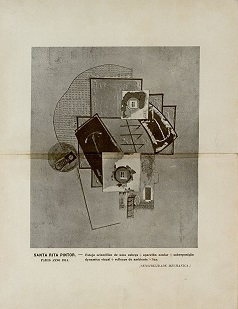Mário de Sá-Carneiro and the Parisian party of the Belle Époque
DOI:
https://doi.org/10.5007/2175-7917.2016v21n2p21Abstract
http://dx.doi.org/10.5007/2175-7917.2016v21n2p21
The episode of the American’s party in A Confissão de Lúcio conveys the magical atmosphere of the “Belle Époque” in Paris. The party seems to play a double role in the novel: a theatrical role and a learning role. On the one side, that magical and orgiastic party exemplifies the notion of “lavishness”, far away from the constraints and strict rules of the working world. On the other side, one can see this party as an unexpected amalgam of pleasure and intellectual aptitude, of the orgiastic excesses and the spiritual quest, as evoked in Plato’s Symposium. This erotic sophistication of the language is not far from the sinuous lines, the volutes and the ornamentation proper of “Art Nouveau”, the famous style of the “Belle Époque”. The impressionist colours, Baudelaire’s correspondence of sensations, combined with a double experience of excesses and subtlety present a mise-en-scène of voluptuousness, following the model imagined by this strange woman – to an extent, Sá-Carneiro’s spokeswoman. Like so many other young artists, Mário de Sá-Carneiro came to Paris at the dawn of the 20th century to enjoy Modernity.
Downloads
Published
How to Cite
Issue
Section
License
This journal provides open access to all of it content on the principle that making research freely available to the public supports a greater global exchange of knowledge. Such access is associated with increased readership and increased citation of an author's work. For more information on this approach, see the Public Knowledge Project, which has designed this system to improve the scholarly and public quality of research, and which freely distributes the journal system as well as other software to support the open access publishing of scholarly resources. The names and email addresses entered in this journal site will be used exclusively for the stated purposes of this journal and will not be made available for any other purpose or to any other party.

Este trabalho está licenciado com uma Licença Creative Commons - Atribuição 4.0 Internacional.


